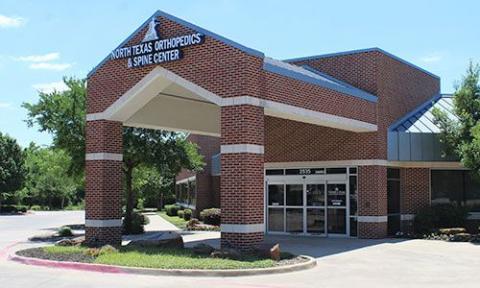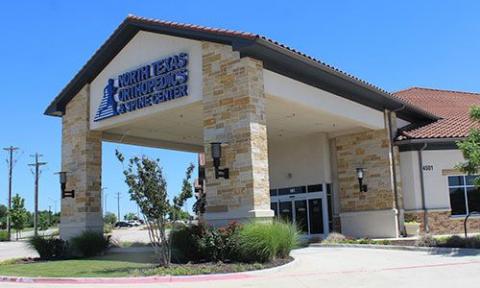Flexor tendon injuries can significantly impact hand function and quality of life. These important structures in our hands and forearms are responsible for allowing us to bend our fingers and grasp objects. When damaged, even simple daily tasks can become challenging. Let’s explore flexor tendon injuries, their causes, symptoms, and treatment options.

Flexor tendons are long, cord-like structures that connect the flexor muscles in the forearm to the bones in our fingers and thumb. They run along the palm side of the hand and fingers, passing through a series of pulleys and sheaths that keep them close to the bone. This intricate system allows for the precise movements needed for grasping, pinching, and manipulating objects.
Flexor tendon injuries can occur in several ways:
Recognizing the signs of a flexor tendon injury is crucial for seeking timely treatment. Common symptoms include:
If you suspect a flexor tendon injury, it’s essential to seek medical attention promptly. A hand specialist will perform a thorough examination, which may include:
The treatment for flexor tendon injuries typically involves surgical repair, especially for complete lacerations or ruptures. The goal is to reconnect the severed ends of the tendon and restore function. Here’s what you can expect:
For less severe injuries or inflammation, conservative treatments like splinting and anti-inflammatory medications may be recommended.
Recovery from a flexor tendon injury can be a lengthy process, often taking several months. The rehabilitation protocol is critical and typically involves:
Patience and adherence to the therapy program are essential for optimal recovery.
While not all flexor tendon injuries can be prevented, some precautions can help reduce risk:
In conclusion, flexor tendon injuries are serious conditions that require prompt medical attention and specialized care. With proper treatment and dedicated rehabilitation, many patients can regain significant hand function. If you suspect a flexor tendon injury, don’t hesitate to consult a hand specialist for evaluation and treatment.
See why our patients love our physicians, quality of care, and amazing results.
*Based on Independent Market Research


North Texas Orthopedics will be closed on December 25 in observance of the holidays. Wishing you a joyful season!